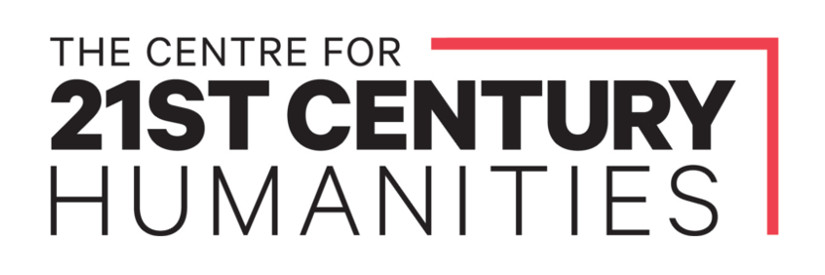| Site Name | Skull Camp |
| Aboriginal or Torres Strait Islander Place Name | |
| Language Group, Nation or People | Kuku-Warra |
| Present State/Territory | QLD |
| Colony/State/Territory at the time | QLD |
| Police District | Cooktown |
| Latitude | -15.646 |
| Longitude | 144.977 |
| Date | 20 Oct 1874 |
| Attack Time | Day |
| Victims | Aboriginal or Torres Strait Islander People |
| Victim Descriptions | Aboriginal |
| Victims Killed | 40 |
| Victims Killed Notes | |
| Attackers | Colonists |
| Attacker Descriptions | Native Police, Settler(s) |
| Attackers Killed | 0 |
| Attackers Killed Notes | |
| Transport | Horse |
| Motive | Reprisal |
| Weapons Used | Shotgun(s), Snider(s) |
| Narrative | Late in the afternoon while riding between the Palmer River gold field and Cooktown, publican Alfred Court and miner Charles Standon came across a dray with three bodies of the Stroh family lying nearby. Fearful of attack by Aboriginal people they could hear in the nearby scrub, they rode along the track until they reached a camp of bullock drivers where they told what they had seen and stayed the night. Next morning, 'a large party, well-armed' went to the site and buried the bodies. Court then rode to the Native Police barracks at Palmer River with news of the killings. Inspector Thomas Coward and Sub-Inspectors Alexander Douglas and Edwin Townsend led three detachments of native police followed the 'black vagabonds' across the Normanby River where they overtook and 'quietly dispersed' them (The Queenslander, November 7, 1874, p 6). The presence of three native police detachments suggests that a great number were killed. According to Timothy Bottoms, the site of the dispersal became known as Skull Camp (Bottoms, 2013, pp 119-120). |
| Sources | The Queenslander, November 7, 1874, p 6 http://nla.gov.au/nla.news-article18333332; Richards, 2008, pp 27-28; Bottoms, 2013, pp 119-120. (Sources PDF) |
| Corroboration Rating | *** |

